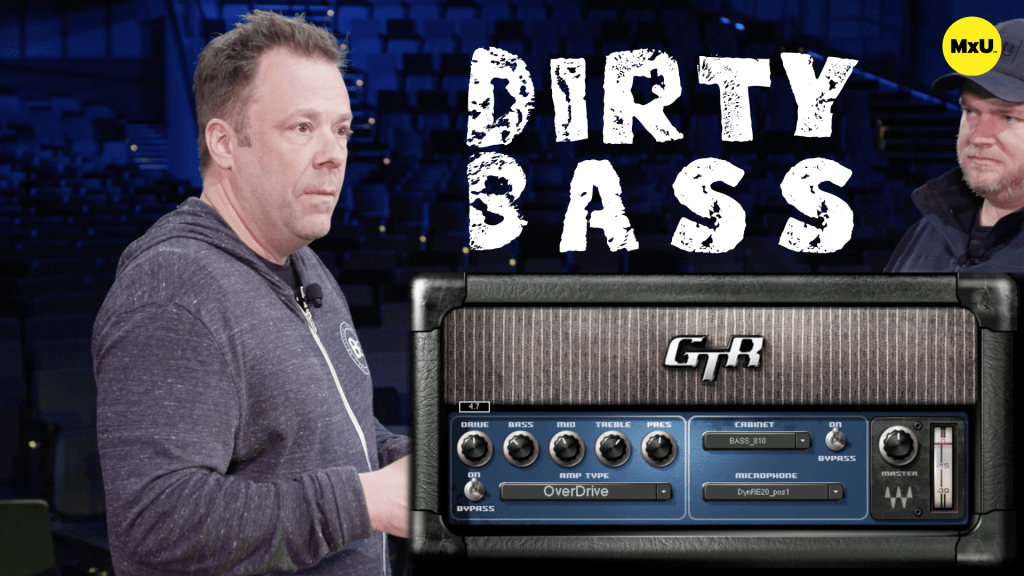Achieve a Clear Acoustic Guitar Sound
- The acoustic guitar is mixed to stand out distinctly, especially in a busy mix. It includes elements like bell synth pads, track information, and hi-hats.
- The initial steps involve applying a high-pass filter to protect against room noise. Use a channel strip plugin for pre-saturation, compression, and EQ.
- A custom preset is used to add a bit of saturation and compression to the guitar, enhancing its liveliness.
- EQ adjustments focus on adding sparkle to the top end (around 6K and up) and reducing boxiness in the low-mid range. Typically, this is around 800 Hz, but it can vary depending on the guitar.
- Compression smooths out the guitar's dynamics. It is particularly useful when the player is also singing and may not focus solely on their guitar technique.
- The acoustic guitar is positioned centrally in the mix. Careful consideration is given to the tambourine and hi-hat placement to avoid frequency clashes. The tambourine is panned slightly to the left from the audience perspective. The hi-hat is to the right. This allows the acoustic guitar to sit comfortably in the middle.
Courses
Categories
Nothing added









